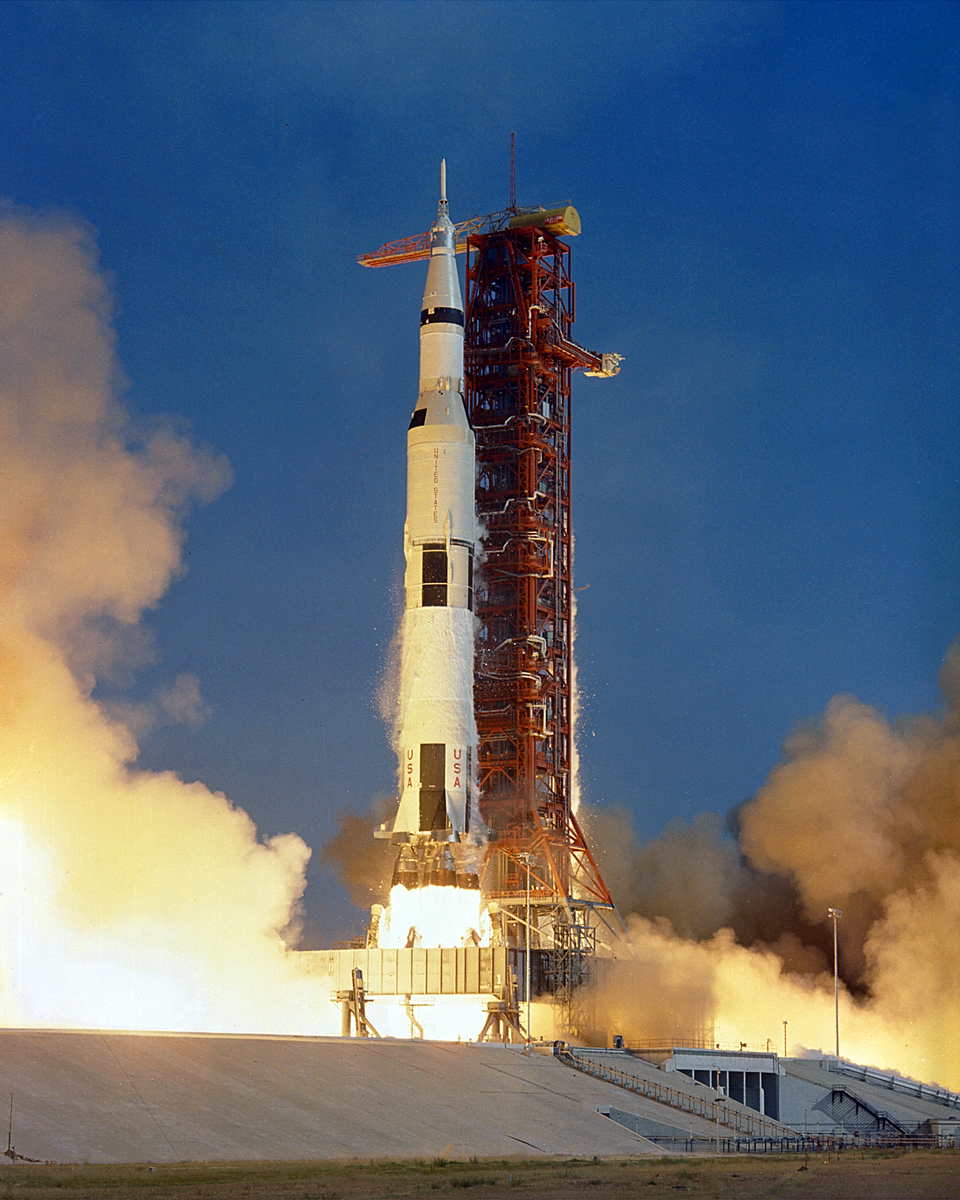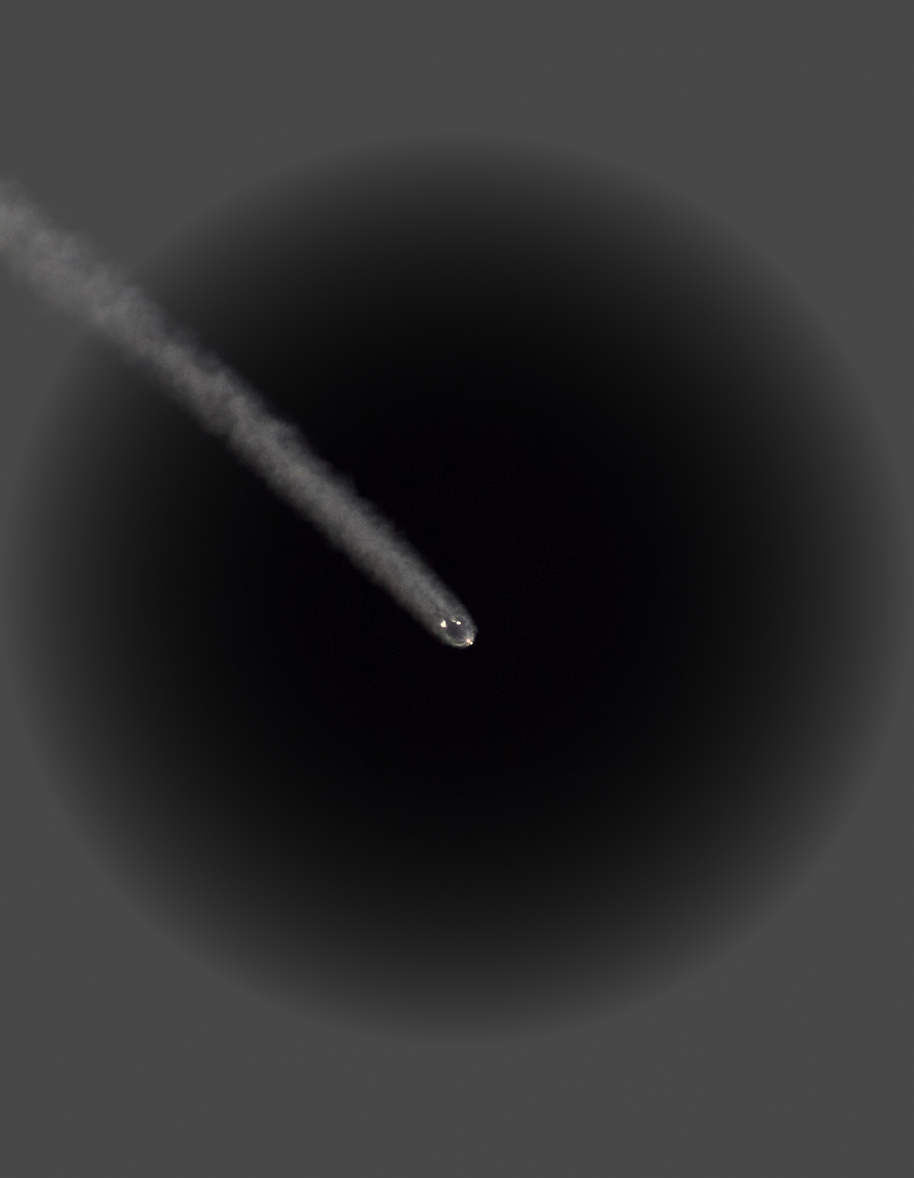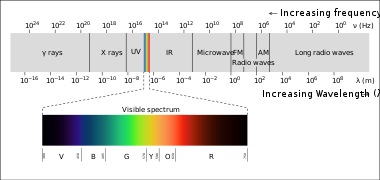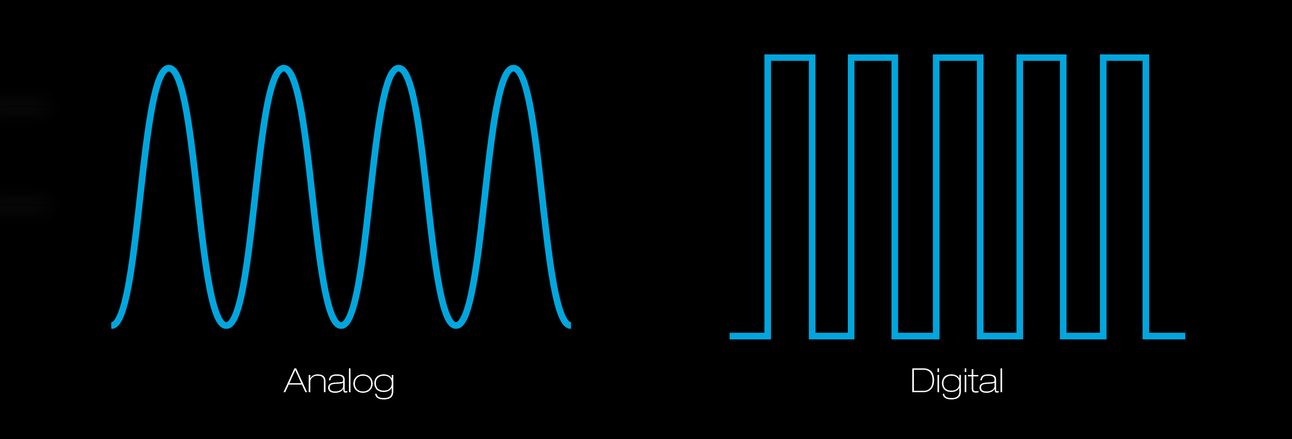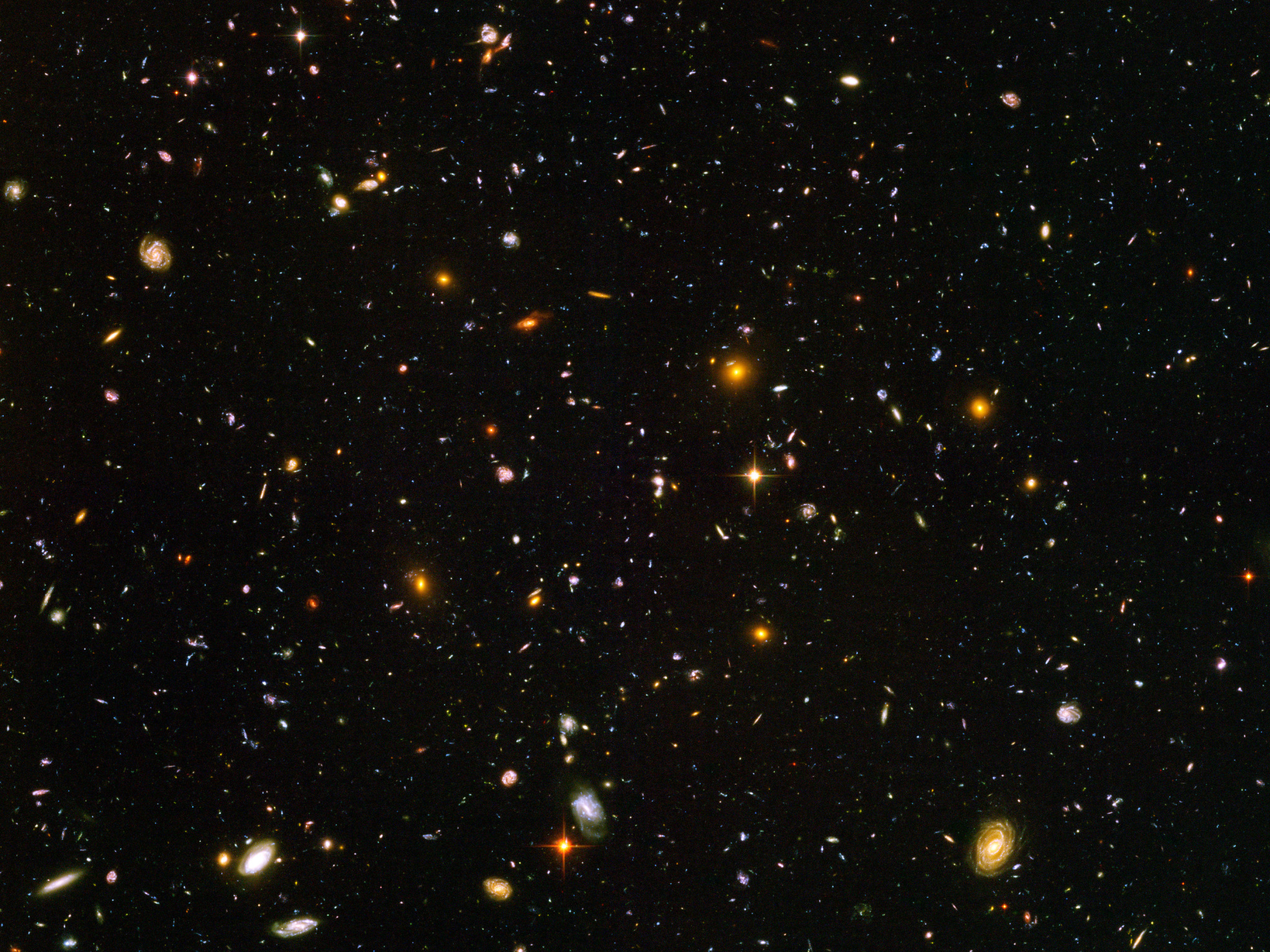
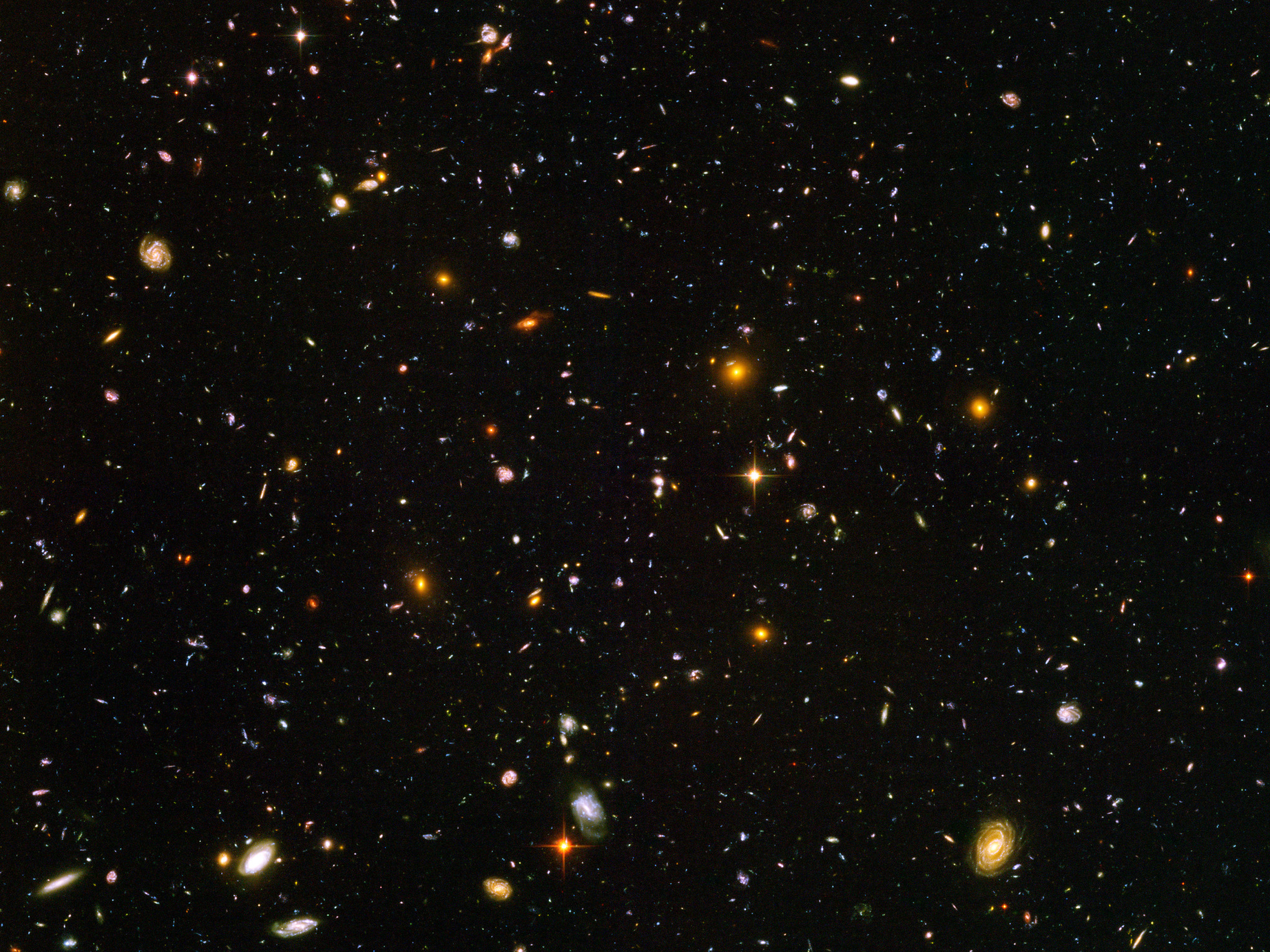
ABOUT US
Our group is made up of 5 people, all of whom are currently enrolled at the Florida Institute of Technology. We all have an invested interest in space and the knowledge that comes along with it. Our group members are JayJay Fonnotto, Alejandro Perez, Wesley Kozan, Feras Alsubhi, and Mohammed Aldosari. Our goal is to educate people on the wonders of space and how truly fascinating it is to explore space and how it can affect our everyday lives.

SaturnVSaturn V Rocket
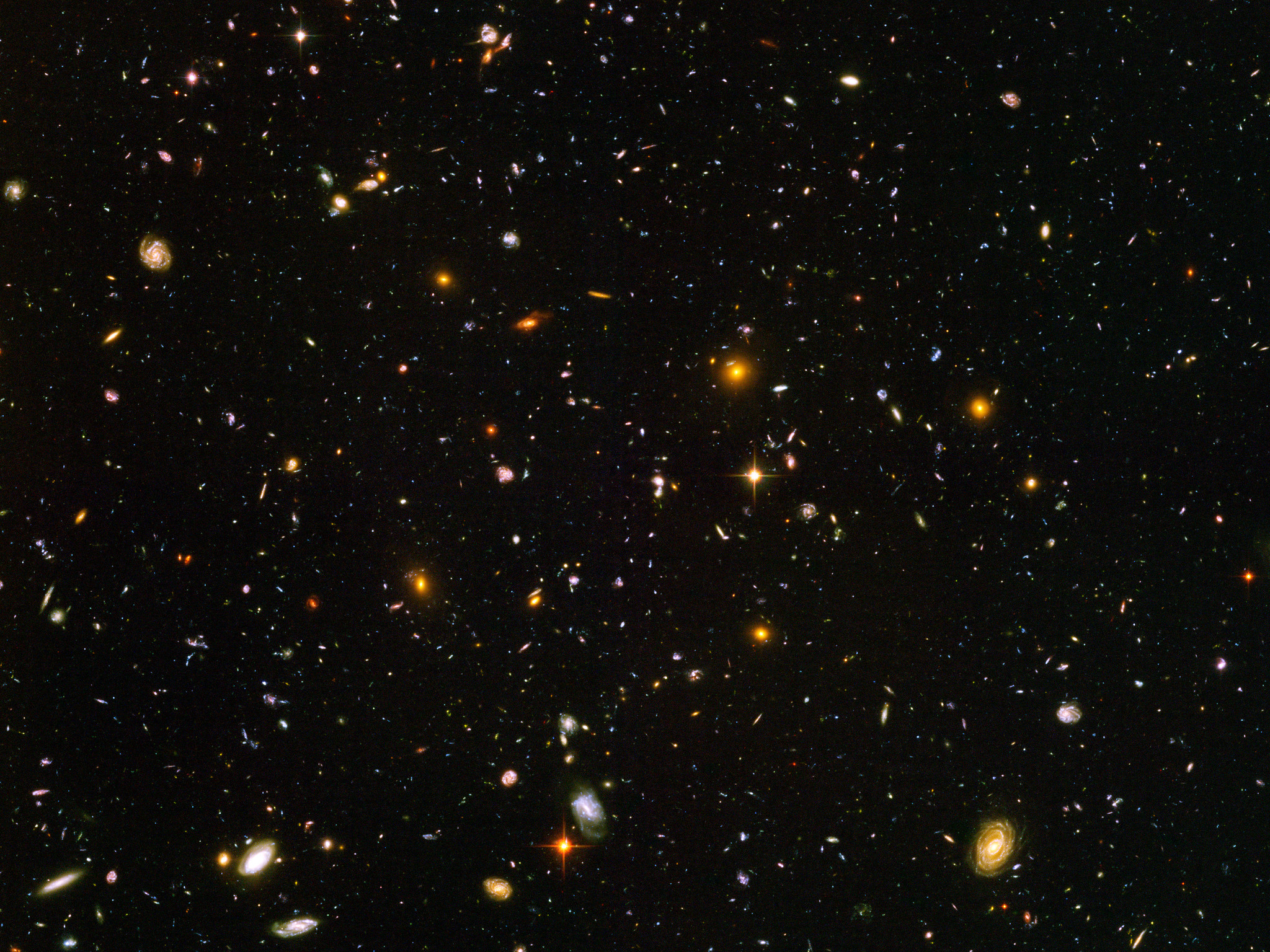
Blogs
JayJay Fonnotto
When launching a rocket, it is very important to understand that you may need a different rocket depending on the goal of the mission and where you want to go. If the goal is to be going to Low Earth Orbit (LEO) then you will most likely need a two-stage rocket to be able to achieve the velocity required to stay in orbit around the Earth. If the goal is to go to the moon and beyond, then a three-stage rocket will be the best bet in this case. When staging it is very important to understand what could go wrong when stage separation occurs. In Serial Staging, if the stages bump together as they become separated the instruments in the stages could become damaged if this were to occur. Serial Staging is when one stage is stacked on top of the other stages such as a Falcon 9, or Saturn V. To ensure that things like this do not happen often times they will wait a certain period of time before igniting the second stage of the mission. After the second stage has been ignited usually the first stage will fall back down into the atmosphere and either burn up or land depending on the spacecraft. In other cases, there can be something called parallel staging. For this to be set up correctly, there has to be the same type of booster or stage on each side of the spacecraft to ensure the forces acting on the rocket remain the same and prevents the rocket from being damaged. It is important for parallel staging to ensure that the outside stages push off from the main stage with the same amount of force on each side so the rocket does not spin or fly off out of the mission path. An example of a spacecraft using parallel staging would be the Space Shuttle developed by NASA in the 1970’s. In the image provided you can clearly see 2 parallel stages on each side of the Falcon Heavy rocket separating from the main stage. The correct staging of rockets is crucial to any mission that requires it. Many people work just on the stage separation techniques to ensure mission success.
FalconFalcon Heavy Seperation

Rocket fuels - Why do rockets use hydrogen?
Alejandro Perez
Rockets are one of the most sophisticated machines ever created in history. Besides their technical complexity, rockets require an incredible amount of power to be able to lift and launch cargo into space. The idea of a rocket with a nose cone, rocket body, fins, and a rocket engine is popular among students in the Space Coast, but do we really know how rockets are powered and what kind of particular fuels they employ? As a matter of fact, rocket propulsion methods are similar to other machines like cars or airplanes. Although it is an action-reaction process, rockets essentially burn fuel with the help of an oxidizer and eject the exhaust gases through a nozzle to maintain momentum. This momentum exchange within the system generates forward thrust. That said, what fuels and oxidizers do rockets use?
It is important to clarify that the term “propellant” is commonly used to refer to both the fuel and the oxidizer. Chemical rockets, which compromise the vast majority of rockets utilized nowadays, need to extract as much energy as possible from the propellant in the least time possible. Additionally, the weight of the propellant should be minimized. Oxygen is typically used as an oxidizer, and in order to meet requirements, scientists and engineers seek fuels with low molecular weights and high energy density. The hydrogen molecule is the smallest among other compounds and packs about 142MJ per kilogram (in comparison, RP-1 or kerosene packs 43MJ per kilogram). In simple terms, hydrogen is lightweight and can release a lot of energy compared to other fuels!
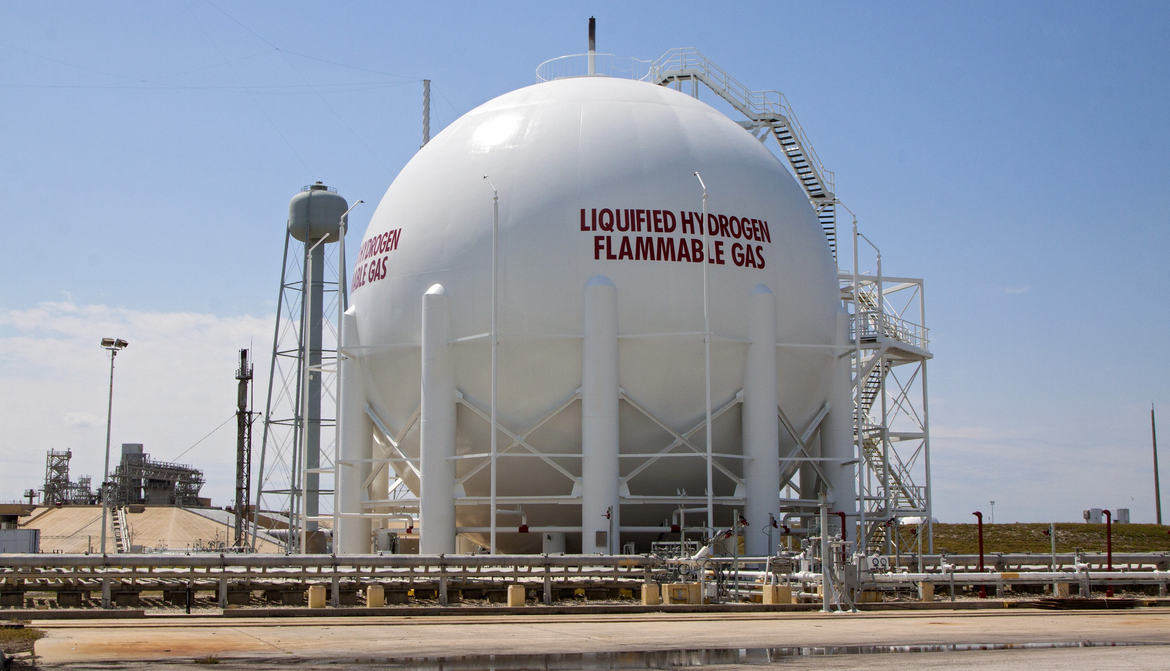
Liquid hydrogen storage tank at Kennedy Space Center's rocket launch facilities

How do we know what the sun is made of?
Mohammed Aldosari
We know what the Sun is made of largely through studying its light using various approaches. First, Spectroscopy: When sunlight passes through a prism or a diffraction grating, it spreads out into a rainbow-like variety of hues. This is because various elements absorb and emit light at different wavelengths. Scientists can determine the many elements found in the Sun by observing its spectrum. Second, Fraunhofer lines: Hundreds of dark lines in the solar spectrum were found by a German physicist called Joseph von Fraunhofer in the early nineteenth century. When components in the Sun's outer layers absorb particular wavelengths of light, these lines, now known as Fraunhofer lines, appear. Scientists can estimate the chemical makeup of the Sun by comparing these absorption lines to the characteristic wavelengths of different elements. Third, Helioseismology is the study of the Sun's oscillations and vibrations induced by pressure waves traveling through its center. Scientists may learn about the Sun's internal structure and composition, as well as its temperature and density profiles, by monitoring these oscillations. Fourth, the Sun generates neutrinos as a consequence of nuclear fusion, the process that drives it. Neutrinos are subatomic particles that have little impact on matter. Scientists can validate the nuclear events occurring within the Sun and learn more about its composition by detecting and quantifying solar neutrinos. We have found that the Sun is mostly made of hydrogen (73%) and helium (25%), with trace quantities of heavier elements such as oxygen, carbon, neon, and iron accounting for the remaining (2%).
Space Sun GIF By NASA

Comminucation in Space
Feras Alsubhi
Electrical communication, usually called Rf “Radio Frequency.” is around us everywhere, and everything has a specific wavelength that makes it unique. The sound you hear, the light you see, the chairs you’re sitting on, the person in front of you. Everything has a specific RF.
Human eyes can only see wavelengths of 700nm to 400nm, which means there might be more colors than we know, but our eyes can only see these ranges.
Analog signals are the ones we see and hear, and our brains translate them inside our bodies to get the final output. However, the computer obtains the analog signals and transfers them to Digital signals as 0 and 1, so the computer can process them.
When we talk through the phone, we send analog signals that carry our voice to the computer, using ADC” Analog Digital Converter” Then, from the phone antenna, it is sent to the towers again as analog signals and from the tower to the receiver. All that can happen in less than a second because their wavelengths travel the same as the speed of light, which is approximate. 300 million meters/second
Electrical communication can travel everywhere, even in space, like GPS, TV channels, or the sun’s lights. Therefore, astronauts benefit from the wavelengths to communicate between each other or with mission control.
Khan Academy: Wavelengths of each type of RF
NASA: Analog and Digital Signals
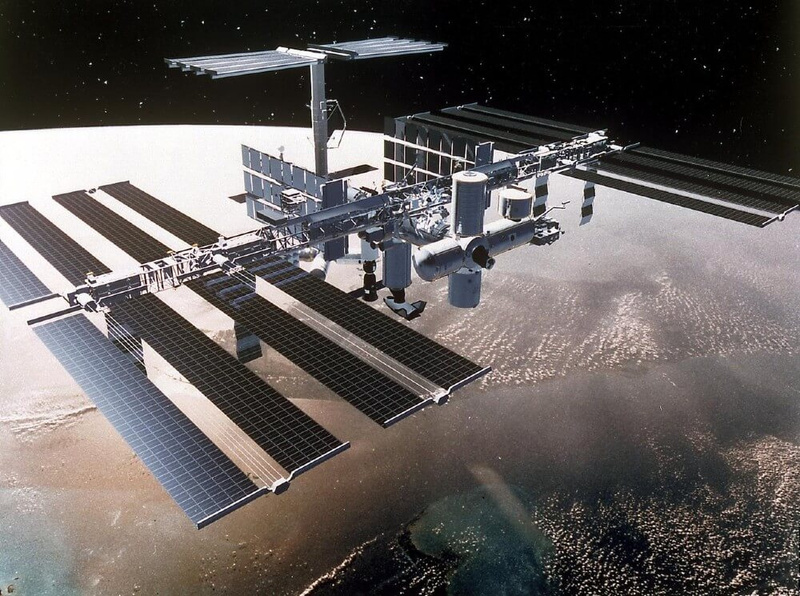
Lunar Space: International Space Station
Astronauts use laser communication, feeding the lasers’ wavelengths with information, and the receiver has a device that transforms the lasers’ wavelengths to sound wavelengths to keep communicating. In addition, Astronauts also use the radio to communicate with each other in the same way we use our phones. However, they use the ISS “International Space Station” as a tower. On the other hand, when they want to communicate with mission control, they also use the ISS as a tower. However, the wavelengths travel from the astronauts to the ISS to the mission control, but they need to be in secret, so they have a unique tool called an intercom. This enables people to communicate privately rather than make their communication public. Moreover, This will be a little bit interesting because astronauts also connect with people on Earth through social media, where they can post and call their family anytime. Astronauts communicating with mission control might sound too far, Nevertheless, it depends on the position of the astronauts if they are in a low orbit for the Earth or further because wavelengths travel at the speed of light.

The Dangers of Solar Storms
Wesley Kozan
The sun is the central part of our solar system. Providing us with constant light and heat in the form of energy enables life on our planet to thrive. From afar, the sun seems to be non-threatening and calm. However, when up close, it is incredibly violent. The sun is composed of plasma, an immensely hot soup of nuclei and electrons. Electric fields occur from the flow of charge over an area. Since the plasma flowing in the sun consists of free-roaming electrons, an electric field is generated. The electric field is one part of a force known as the electromagnetic force. This force consists of two parts: the electric field and the magnetic field. Electric fields have associated magnetic fields; the magnetic field circles around the electric field perpendicular to the flow of charge. In the sun, plasma churns around, which causes the magnetic fields to get all sorts of kinked in the sun. At these locations, magnetic knots are formed, which build up massive amounts of energy. The magnetic knots will continue building energy before eventually breaking away from the sun. Concealed within the ejected magnetic field is an enormous amount of plasma. In the case of Coronal Mass Ejections (CMEs), this can be millions or billions of tons of material from the solar surface. This wind can reach speeds of up to 3200 km/s (1988 mi/s) or about 1% of the speed of light.
The Sun Gif by Wesley Kozan from Kurzgesagt Video
https://www.youtube.com/watch?v=oHHSSJDJ4oo&t=2s

Sun Magnetic Field Gif by Wesley Kozan from Kurzgesagt Video
https://www.youtube.com/watch?v=oHHSSJDJ4oo&t=2s
While CMEs are harmless to life on the surface of Earth due to the Earth’s magnetic field, they are but one of many forms of solar storms. Solar superstorms are solar storms of much concern. When a solar superstorm hits Earth, it can cause a geomagnetic storm. These storms have the capability to cause devastating damage to our daily lives. Without proper preparation, such a storm could knock humanity back to the stone age in mere seconds for up to a few decades. Returning to the comment of magnetic fields being caused by electric fields, the same works in reverse. The energy from the geomagnetic storm can induce currents in our power grid, which could completely shut down the grid or even destroy transformer stations. This damage would take several trillions of dollars and decades to fix. The likelihood of such an event is 12% per decade, putting the probability of a solar superstorm happening over the next fifty years at well over 50%. However, this damage is preventable. Solar storms can take hours to days to reach Earth, giving engineers plenty of time to prepare by shutting down the grid. Extra lines could be created to dissipate this excess energy and prevent a surge from destroying everything electrical. Due to our civilization’s dependency on electricity, a grid failure would be catastrophic. Such a power outage would result in a total supply chain breakdown causing many to starve. It isn’t a matter of if another solar superstorm will happen, but rather when. This is why more effort, time, and money should be invested in preparations for a solar superstorm.

Video Blog
Photo Gallery
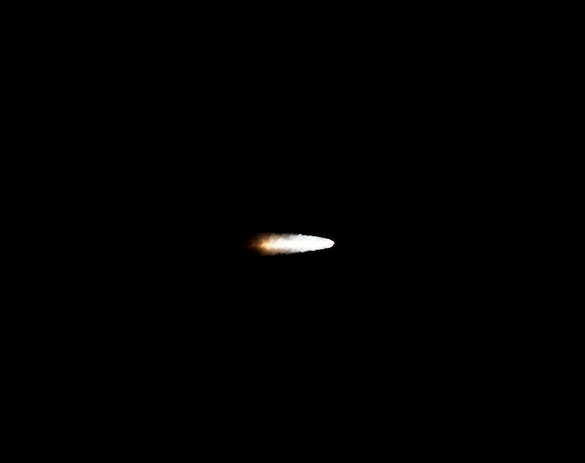
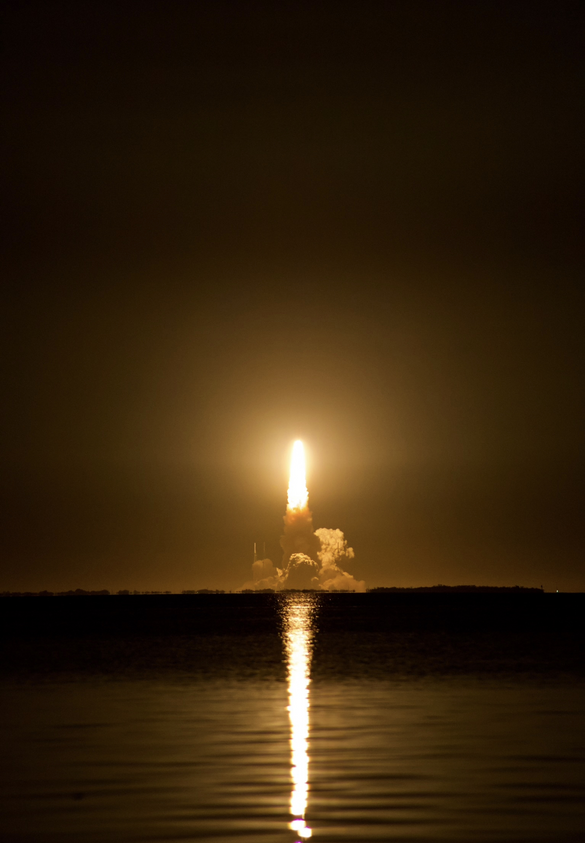
Falcon 9 Launch
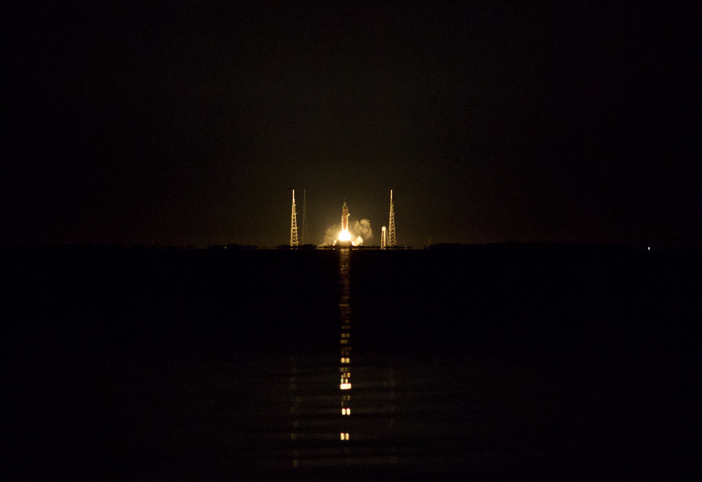
SLS launch
SLS launch

Contact Us

Space for Everyone is here for all inquiries!
Popular Mechanics
Jay Jay Fonnotto
jfonnotto2020@my.fit.edu
Feras Alsubhi falsubhi2020@my.fit.edu
Alejandro Perez
alejandro2020@my.fit.edu
Wesley Kozan
wkozan2020@my.fit.edu
Mohammed Aldosari
maldosari2020@my.fit.edu
